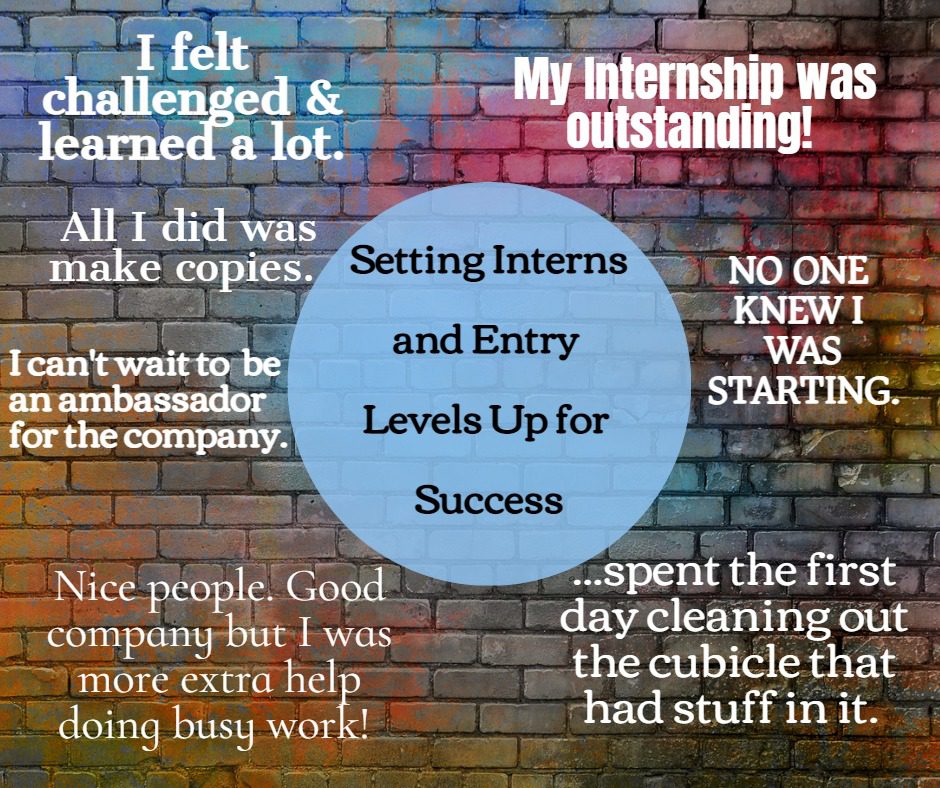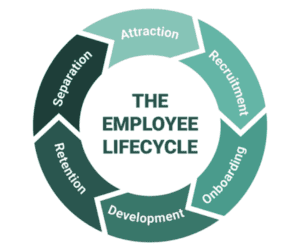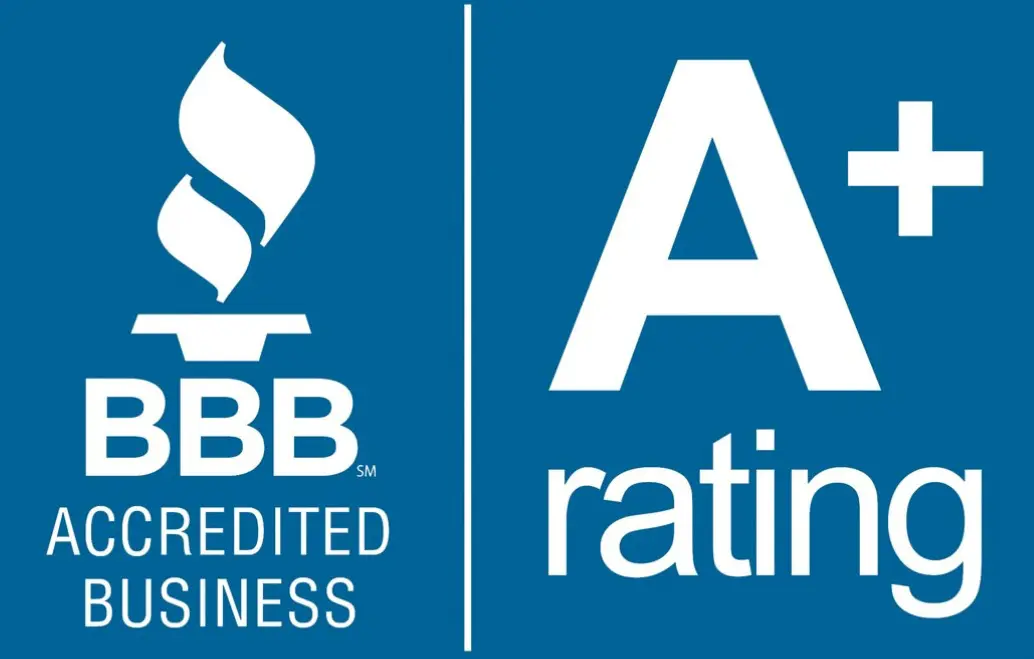Setting Interns and Entry Levels Up for Success

A Q&A With Our Very Own Roland Hearns!
Bringing interns and entry-level employees into your organization injects fresh perspectives and builds your future talent pipeline. Unfortunately, these enthusiastic new team members often confront a significant gap between their expectations and the realities of the workplace.
At Cisso, Bean & Dutch, we help organizations create environments where early-career talent succeeds from day one. And in this blog, you’ll hear how to do that straight from the source: our very own Roland Hearns!
Below, you’ll find his answers to three core questions and advice on how to help your entry-level colleagues thrive.
The Employee Lifecycle
Before we get too deep into our questions and Roland’s answers, we should explore a concept known as the Employee Lifecycle, which is illustrated in the graphic below.

Elaborating, Roland explained:
“From the initial job posting and the ’employee value proposition,’ which are essential during the attraction stage, all the way through the separation stage where exit interview data is collected, companies pay close attention to the overall candidate and employee experience. If any stage of the employee lifecycle is lacking, one could argue a company won’t be successful in the overall employee experience.”
That led us naturally to the most straightforward of our questions:
1.) “Are there any onboarding mistakes you see teams make frequently? Or strategies that are particularly effective?”
Roland’s answer was direct and concise:
“The stages that get the least attention, in my opinion, are “Onboarding” and “Retention.” Companies spend a considerable amount of time visiting colleges and universities throughout the year, getting to know faculty and students in order to hire them for summer internships, and in some cases, year-round. But unfortunately, despite the well-written job postings and the attraction to any given company by the prospective student intern, the experience during this attraction and recruiting stage doesn’t always translate to the actual internship.
Mr. Hearns followed up by providing a few examples of what he referred to as “Less Than Stellar Experiences,” sobering anecdotes he heard when asking students about past internships. They often carried a familiar tune:
- “My internship was nothing more than a part-time job…seemed like the company just needed extra help.”
- “My internship was more administrative. I did not learn much.”
- “Nice people. Good company. But they were not prepared for me. No computer/systems set up, and I spent the first day with busy work, making copies.”
These experiences naturally brought us to a far broader question:
2.) “What is the best approach to supporting new hires and interns? How can one help them succeed?”
His initial response focused on setting realistic expectations and providing information:
“The biggest takeaway from the new employee experience is to set realistic expectations about the first 90 days and set them up with a buddy /person to ask questions. Provide them with info on who to call, schedule quiet time each day for them to learn systems, internal communication sources, and the job.
The biggest “must do” is to let the team know the new member is starting and make a point to introduce him/her to every team member. A welcome breakfast or gathering is always in order!”
Upon further reflection, he offered more thoughts regarding the value of introductions and good first impressions:
“You’d be surprised how significant first impressions really are. Like a bad customer service experience, it takes a while for that company to earn your trust again…if at all. The same holds true for new employees. Candidates have choices. When you go through the expense and effort to source, attract, and recruit talent, don’t let a lack of preparation on day one make it that much easier for them to be lured away because you didn’t care once they came onboard!”
“Show care in an office area that is pristine (no ketchup packets or random old files in the drawer from the person who had the job before). If your company has SWAG, add a welcome gift bag. Encourage neighboring departments to stop by to introduce themselves.”
To wrap up our Q&A, we asked Roland one last question:
3.) “How should teams balance building a ‘culture of feedback’ in which questions are welcome with the need for efficiency or limited time?”
In his answer, Mr. Hearns discussed the unique viewpoints interns can bring to the table:
“I typically let interns know that their opinions and feedback are very important. They bring a perspective, especially coming from the college campus, of boldness, and they are quick to ask ‘why.’ They also bring the latest trends and issues based on what they’ve learned in the classroom.”
“I find interns to be ‘fearless’ if given the opportunity to tackle an issue with support from the company/their department. The importance of a routine check-in with them to make sure everything is okay ensures that they don’t become isolated and disengaged.”
We’re sure Roland had plenty more to add to these thoughts, but we’ll save his expertise for another blog sometime soon. For now, remember: each stage of the employee life cycle is important, and successful teams can gain a lot from keeping that in mind!
Want to learn more about the strategies above? Consider our Human Resources Consulting Services! We have an established track record of helping businesses implement “best-in-class” programs, and we’d be delighted to step in and help your team reach its full potential. Contact us today to learn more!

